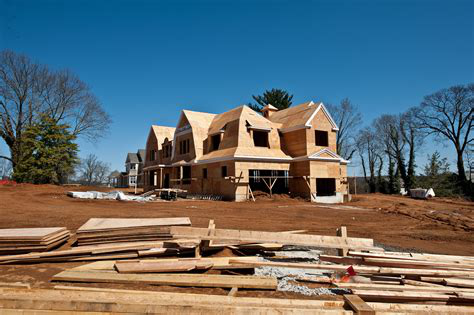Custom homes may often be conceived as once-in-a-lifetime dream homes or else a second vacation home that fits a particular niche for those who love to get away from it all. Younger and first-time buyers are less likely to be in the market for this type of home, but some custom home architects and builders don’t even bother to make a concerted effort to reach these prospective home buyers. And there is a certain investment and financial commitment involved. But while first-time buyers may struggle to loosen their custom home budget this year and next, for many high-earning career professionals, it won’t always be this way. At the same time, these buyers don’t want to wait any longer to build and move in to a home all their own.
Customize homes in place.
With just a few tweaks to their construction crews and custom home plans, many custom builders are in a better position to market to these prospective buyers than they realize….Everybody loves the story of the home that has stayed in a family for decades if not generations, and one of the reasons is that these stories aren’t common enough. The average person and family changes homes every 7-8 years, but that doesn’t mean they necessary want to. All things being equal, they’d prefer to avoid moving and trading up into their next home.
Don’t believe me? Check out this Forbes news report that suggests more custom home builders are starting to take this marketing approach and reaching out to younger and first-time buyers. This isn’t just about the major home furnishings, either. Some custom home builders are now installing things like plain shelves in their kitchen with an option to upgrade to built-in custom cabinets at some point down the road.
Customer marketing and customer success applied to the housing market.
The principles of customer marketing are being applied to the housing market more than ever including new custom home builders. Builders are in the best position to know exactly what that home needs to make an upgrade or addition. This leads to hassle-free projects with beautiful, seamless results. One of the biggest barriers for existing homeowners to act on their aspiring home remodel projects is the stressful decision-making the comes with planning every last detail of the project. When these upgrades and additions are already planned as part of the original home build, this planning phase is all but a non-issue.
This is especially true when marketing to first-time or younger home buyers who may be interested in a custom home build but are wary of the cost and the evolving nature of their household and family size. Every home builder wants to deliver dream homes that make their owners happy for years to come. But the commitment toward and potential value of the homeowner’s long-term customer success goes well beyond referrals and free word-of-mouth advertising. More than just the realtor who helped them find a home, more than just a tract home builder with a good reputation, you can be the builder who delivered a dream home in multiple phases that evolved with the needs of the buyers and their family.

